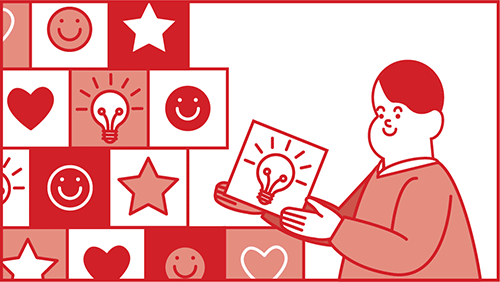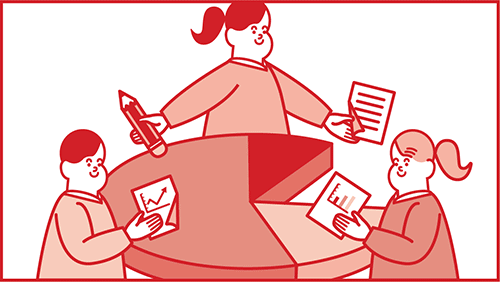Never miss a story — sign up for PLANSPONSOR newsletters to keep up on the latest retirement plan benefits news.
Evolving Your Health Wellness Program
On average, participation in corporate wellness programs is 50%, and even then doesn’t produce results. Incentives increase engagement in the first year, but then it drops off, according to Jen Hernaez, director of new business development at Preventure, a well-being program provider.
In a webinar hosted by Preventure, Hernaez said the reason most wellness programs do not produce intended results is they do not focus on individuals to drive change. They focus on incentives and compliance, not the true benefits of a healthy lifestyle for the employee and his or her family.
“Our idea is a program not just about checking boxes and jumping through hoops, but to create real change,” she told webinar attendees. “We believe if people have the right information, they will make the right decision, but people know the dangers of smoking and still choose to smoke.”
Laura Walmsley, chief client officer at Preventure, for example, noted one study in which retirement plan participants did not increase deferral rates even when educated about the benefits of receiving the full match.
Walmsley said there is a robust gap between what we intend to do and what we actually do; individuals’ decisions are relative. Plan sponsors can use relativity in their wellness programs to promote behavior change by using anchors, habits employees already have. For example, a participant can be told that every morning when they have their cup of coffee, they will do two pushups or put on their walking shoes and take a short walk. Or, they can be told that after watching their favorite TV program, they will drink water or eat some baby carrots.
NEXT: Behavior change scienceWalmsley said Preventure uses B.J. Fogg’s Behavior Change Model which basically says ‘Behavior = Motivation + Ability + Trigger’. For example, the motivation may be seeking health while avoiding pain, the ability may be the amount of time or cost the activity takes, and the trigger could be a reminder.
“If it’s easy to do and there’s high motivation, that will drive change,” she said. “But, if it is hard to do and motivation is low, there will be no behavior change.” Hernaez noted that one study found when healthier food choices were made easier to access in a workplace cafeteria, employees made better choices.
First, an emotional connection over rational content will gain more impact. For example, Walmsley said, a wellness program can list activities and points employees can earn from doing them, but adding emotional marketing about how doing the activity will benefit participants and even their families will create more motivation.
Secondly, personalization is paramount for change. Walmsley said one study showed the number of smokers who quit doubled with personal attention added. Hernaez said personalized content increases engagement by 20%.
Walmsley suggested plan sponsors create recommendations based on personal preferences and needs; provide personalized action reminders, such as emails or text messages about what employees have or have not done; use personalization to send praise for positive behavior; and offer employees the ability to upload a personal photo on the dashboard of the wellness program portal, for example, a photo of the participant playing with his or her children.
Third, Walmsley said the right technology drives success, noting studies have shown a 22% uptick in wellness performance that involves technology. She suggested plan sponsors allow employees to link their Fitbit or Apple watches to the wellness program portal. It should be easy to use, and offer time-sensitive messages and challenges.
Finally, community and social connections increase engagement, according to Walmsley. Healthy social networks increase motivation for healthy behavior. She suggested plan sponsors use social media to help employees provide peer support, publish accomplishments, recognize winners of challenges and provide encouragement and tips to each other.
“Peer influence is one of the greatest opportunities to achieve lasting change,” Hernaez concluded.

